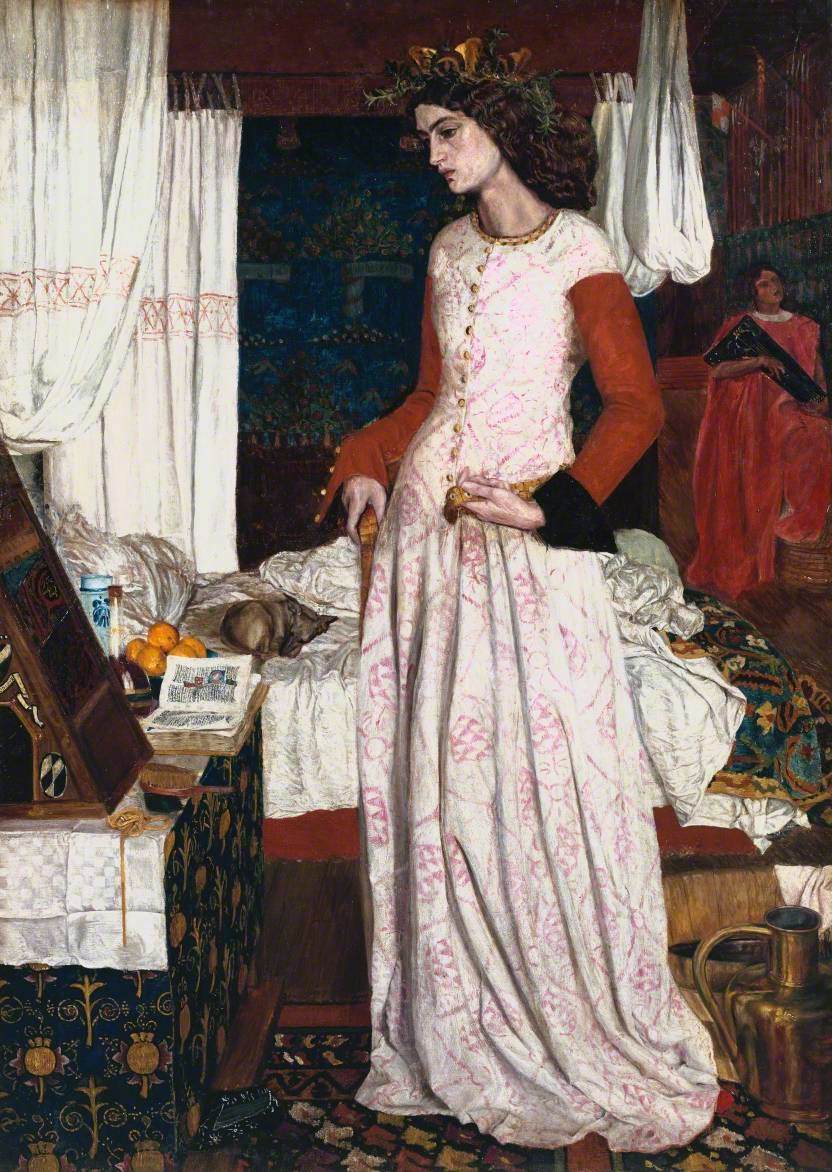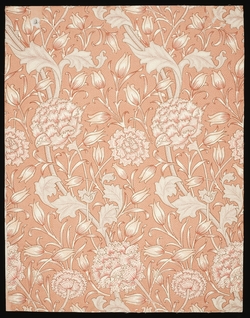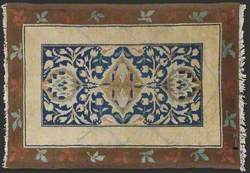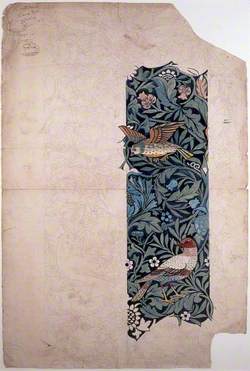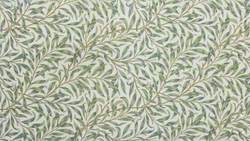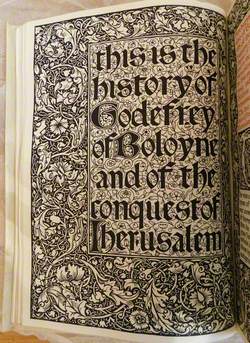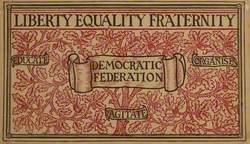How you can use this image
This image is available to be shared and re-used under the terms of the Creative Commons Attribution-NonCommercial-NoDerivatives licence (CC BY-NC-ND).
You can reproduce this image for non-commercial purposes and you are not able to change or modify it in any way.
Wherever you reproduce the image you must attribute the original creators (acknowledge the original artist(s) and the person/organisation that took the photograph of the work) and any other rights holders.
Review our guidance pages which explain how you can reuse images, how to credit an image and how to find more images in the public domain or with a Creative Commons licence available.
DownloadNotes
Add or edit a note on this artwork that only you can see. You can find notes again by going to the ‘Notes’ section of your account.
This is the only completed easel painting that William Morris produced. It is a portrait in medieval dress of Jane Burden, whom Morris married in April 1859. The picture has been identified in the past as Queen Guenevere, partly owing to the fact that Morris published his first volume of poetry, 'The Defence of Guenevere', in March 1858. However, recent research has established convincingly that the picture is intended to represent Iseult mourning Tristram's exile from the court of King Mark. Iseult appears to have recently arisen from her bed, where a small greyhound lies curled up among the crumpled sheets. In 'Le Morte d'Arthur' (c.1470), the author, Sir Thomas Malory (c.1405–1471), reminds us that 'the queen had always a little brachet [bitch-hound] with her that Sir Tristram gave her the first time that ever she came into Cornwall, and never would that brachet depart from her but if Sir Tristram was nigh' (quoted in Banham and Harris, p.115). She stands wistfully in her small chamber, her feelings for Tristram reinforced by the sprigs of rosemary, symbolising remembrance, in her crown, and the word 'DOLOURS' (grief) written down the side of her mirror.
In 1874 the picture was claimed as his own by Ford Madox Brown's son Oliver. Rossetti, who had a great fondness for Jane Burden, offered him £20 for it as 'an early portrait of its original, of whom I have made so many studies myself' (quoted in Parry, p.103). The picture eventually passed to Rossetti's brother, William Michael. It lay forgotten in a cupboard until Rossetti's death, when it was returned to Jane Burden.
Further reading: Joanna Banham and Jennifer Harris (eds), 'William Morris and the Middle Ages', exhibition catalogue, Whitworth Art Gallery, Manchester 1984, pp.114–116, reproduced pl.IV, in colour. Leslie Parris (ed.), 'The Pre-Raphaelites', exhibition catalogue, Tate Gallery, London 1984, reprinted 1994, pp.169–170; reproduced p.169. Linda Parry (ed.), 'William Morris', exhibition catalogue, Victoria and Albert Museum, London 1996, pp.102–103, reproduced p.89, in colour. Frances Fowle December 2000
Title
La Belle Iseult
Date
1858
Medium
Oil on canvas
Measurements
H 71.8 x W 50.2 cm
Accession number
N04999
Acquisition method
Bequeathed by Miss May Morris 1939
Work type
Painting
Stories
-
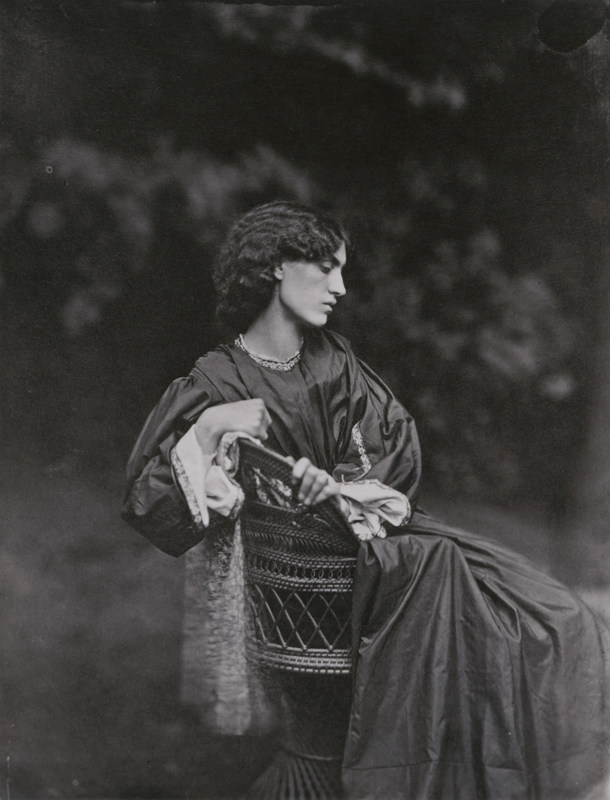 An unconventional Victorian marriage: at home with Jane and William Morris
An unconventional Victorian marriage: at home with Jane and William MorrisSuzanne Fagence Cooper
-
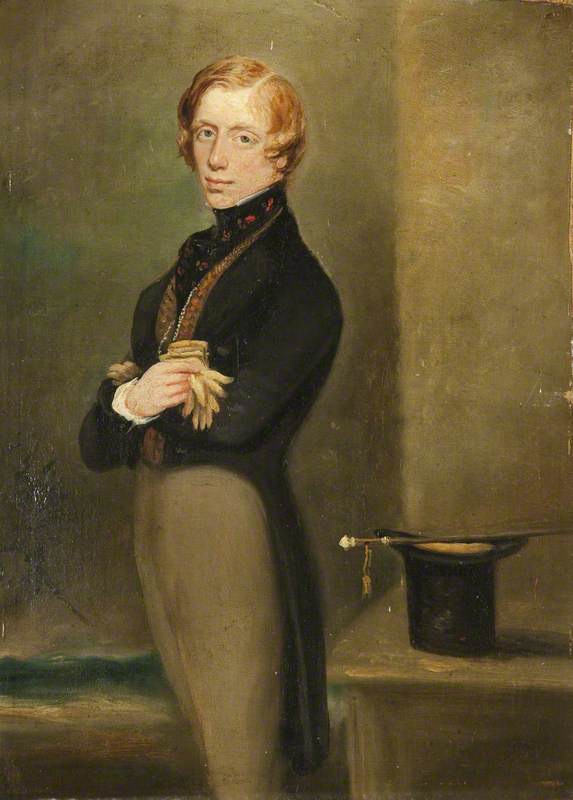 Who was John Ruskin?
Who was John Ruskin?Lydia Figes
-
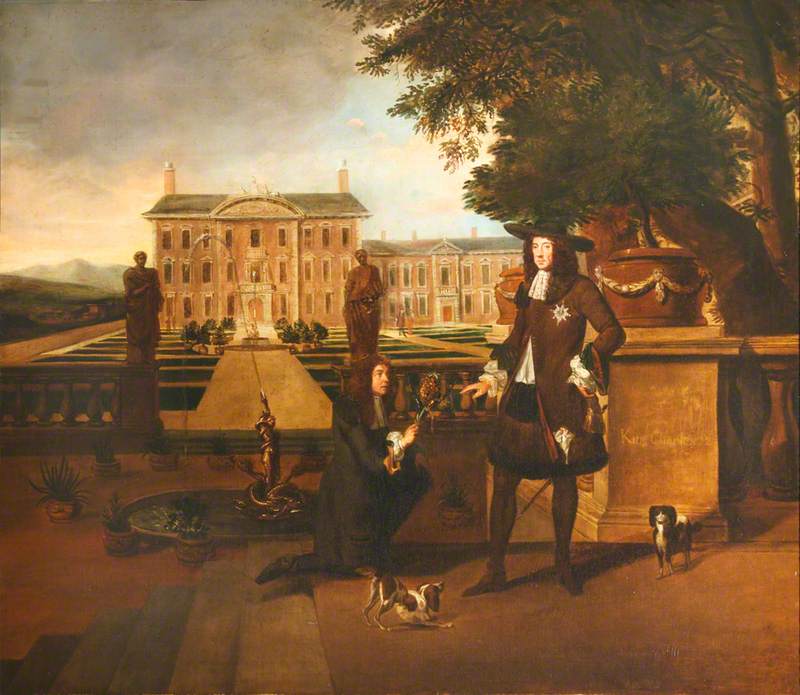 Art Matters podcast: decoding fashion in paintings
Art Matters podcast: decoding fashion in paintingsFerren Gipson
